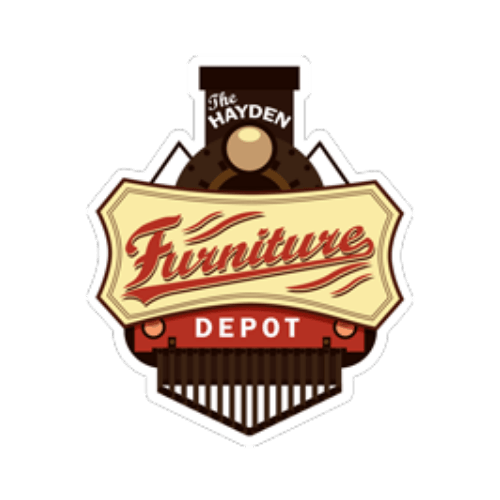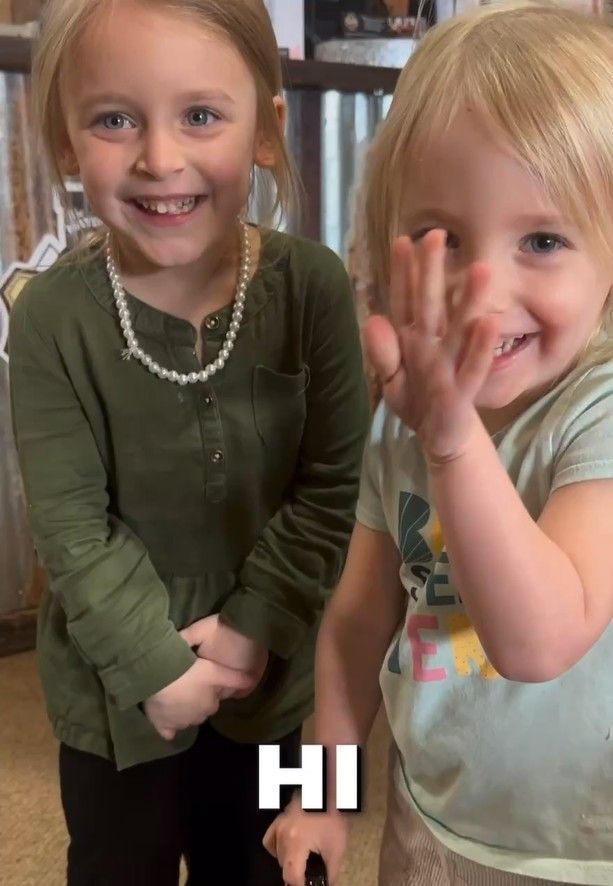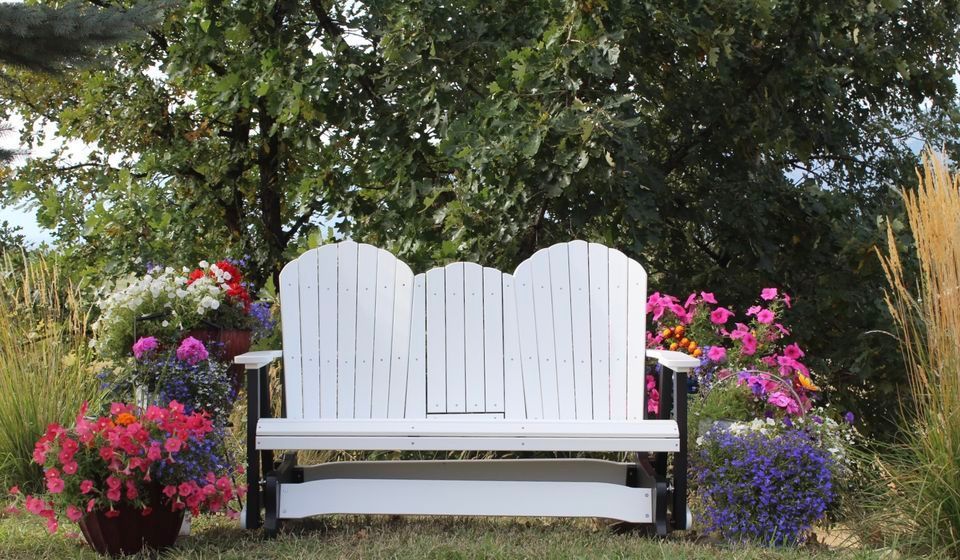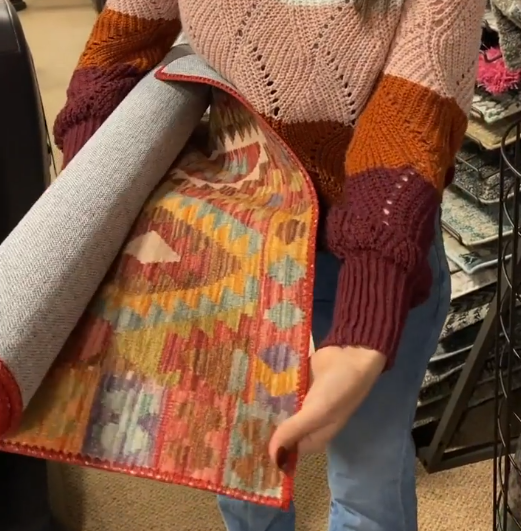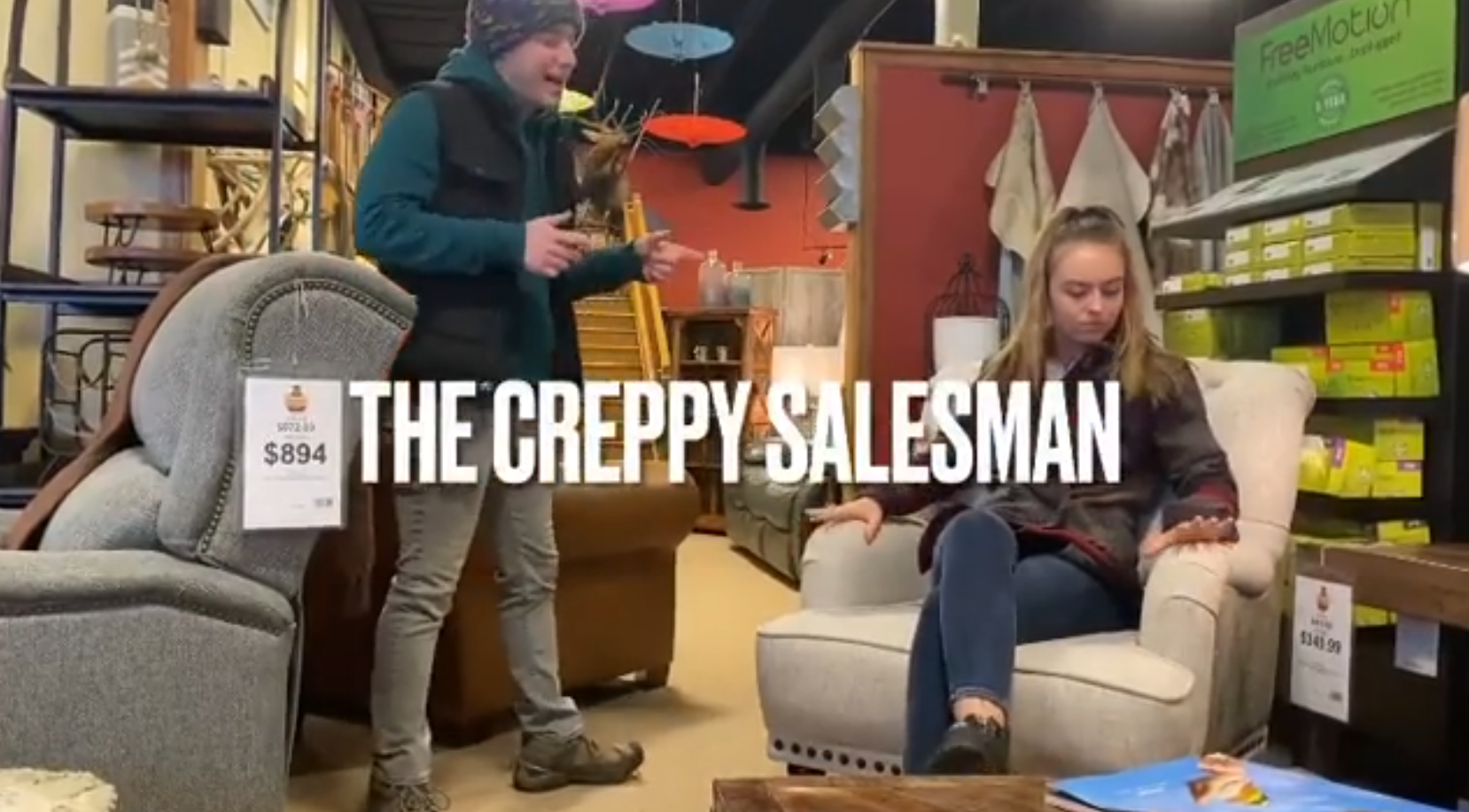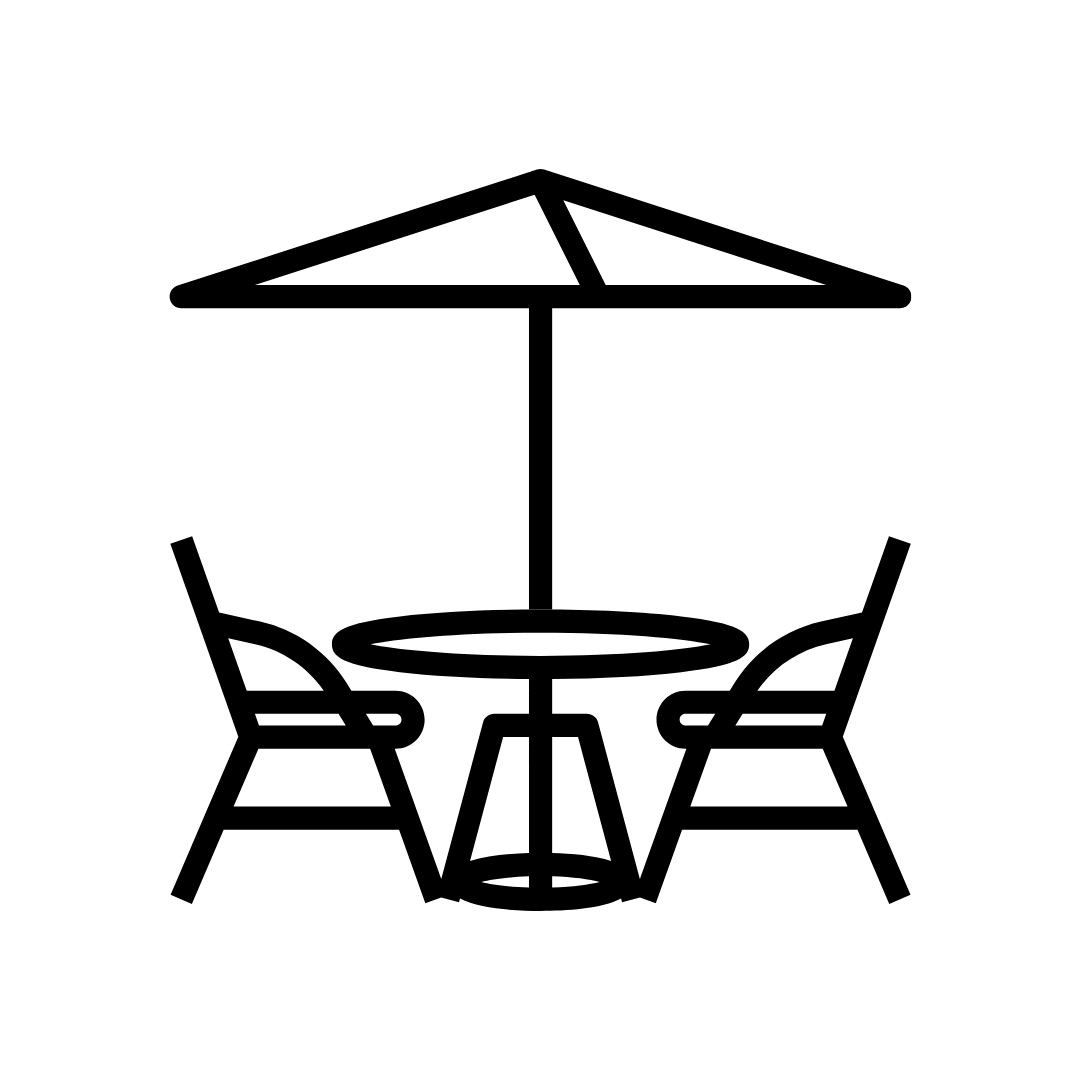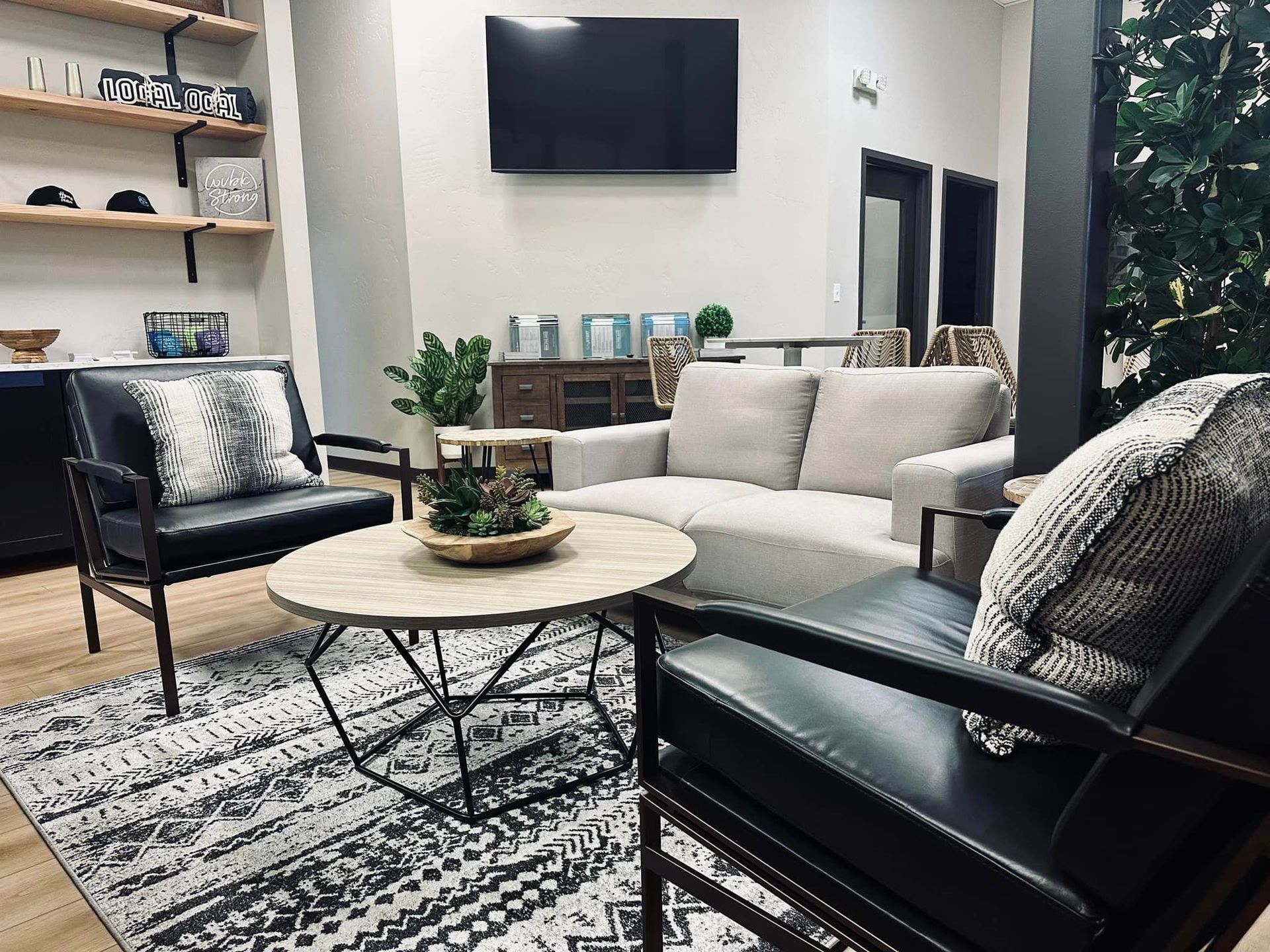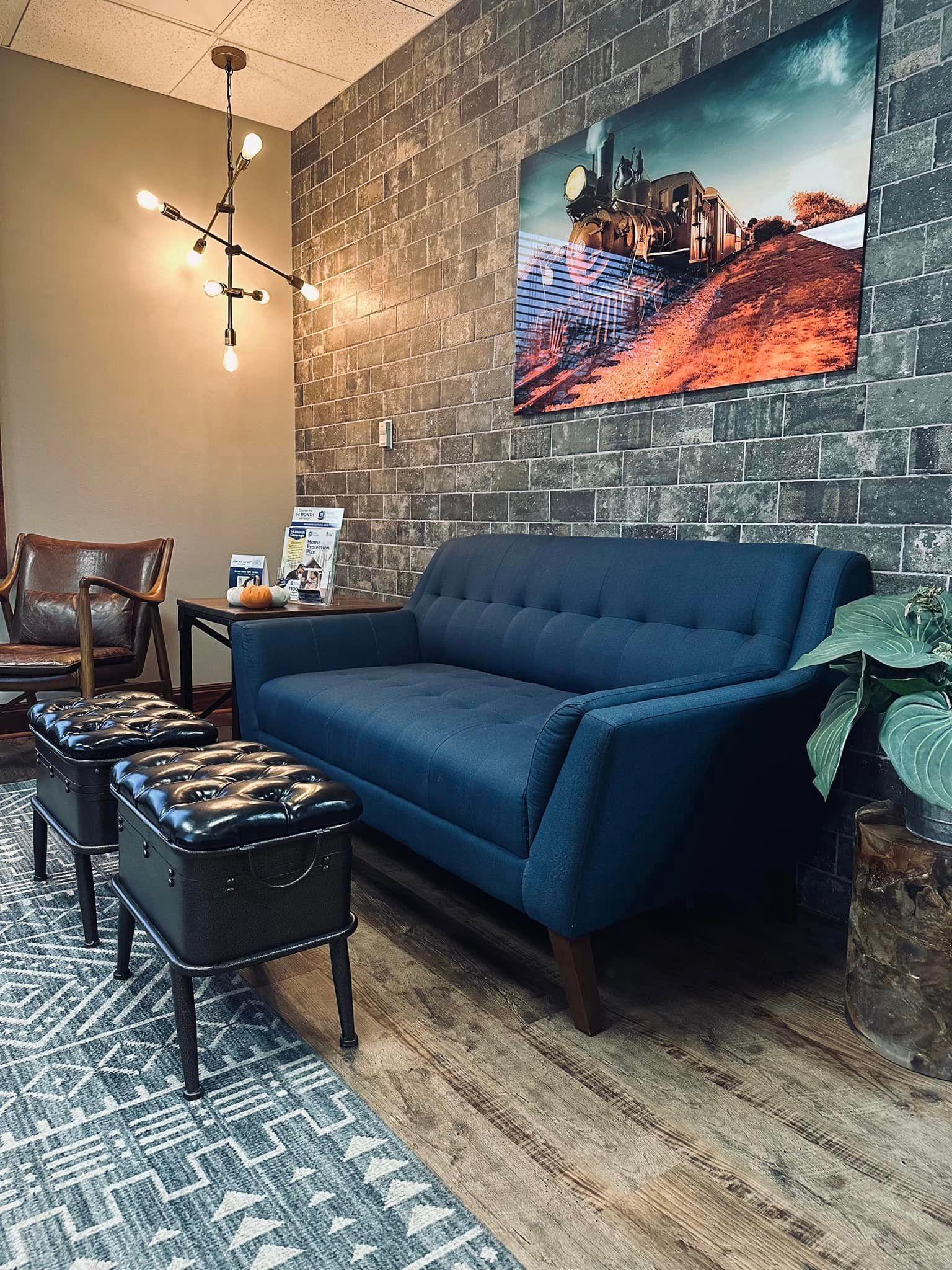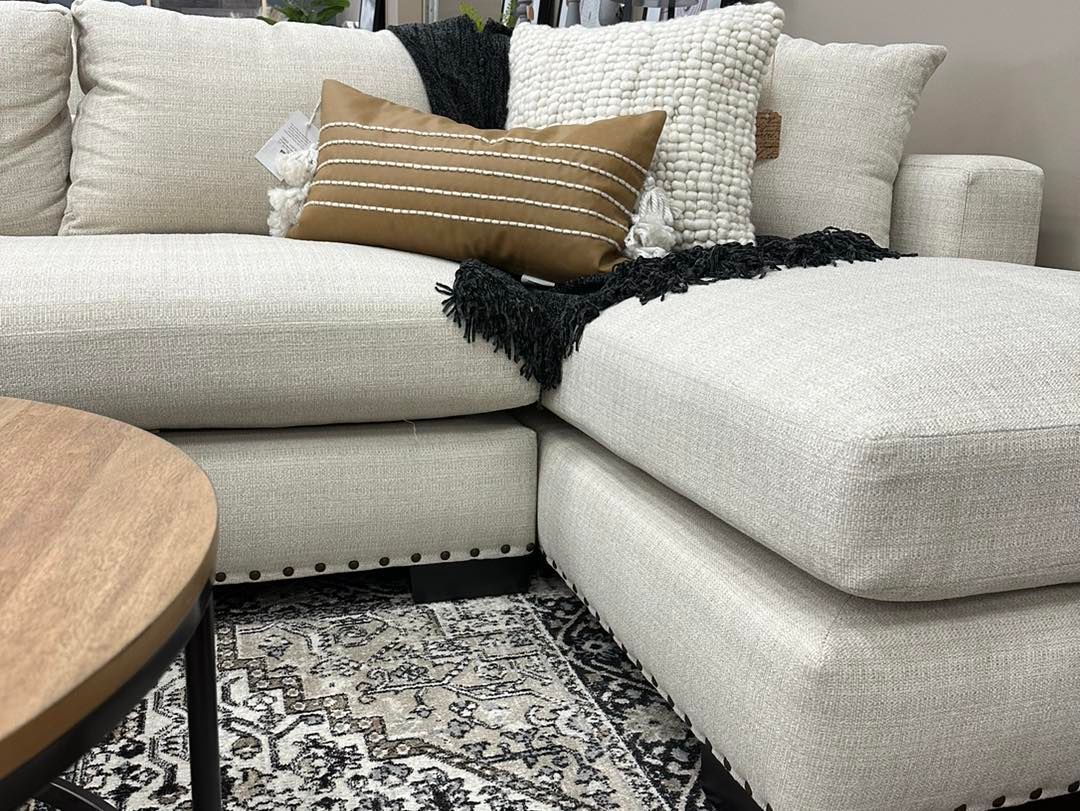Mon - Sat : 11AM - 6PM Closed on Sundays
Free Interior Design With Purchase Of $5,000 Or More
10 Popular Interior Design Styles Defined
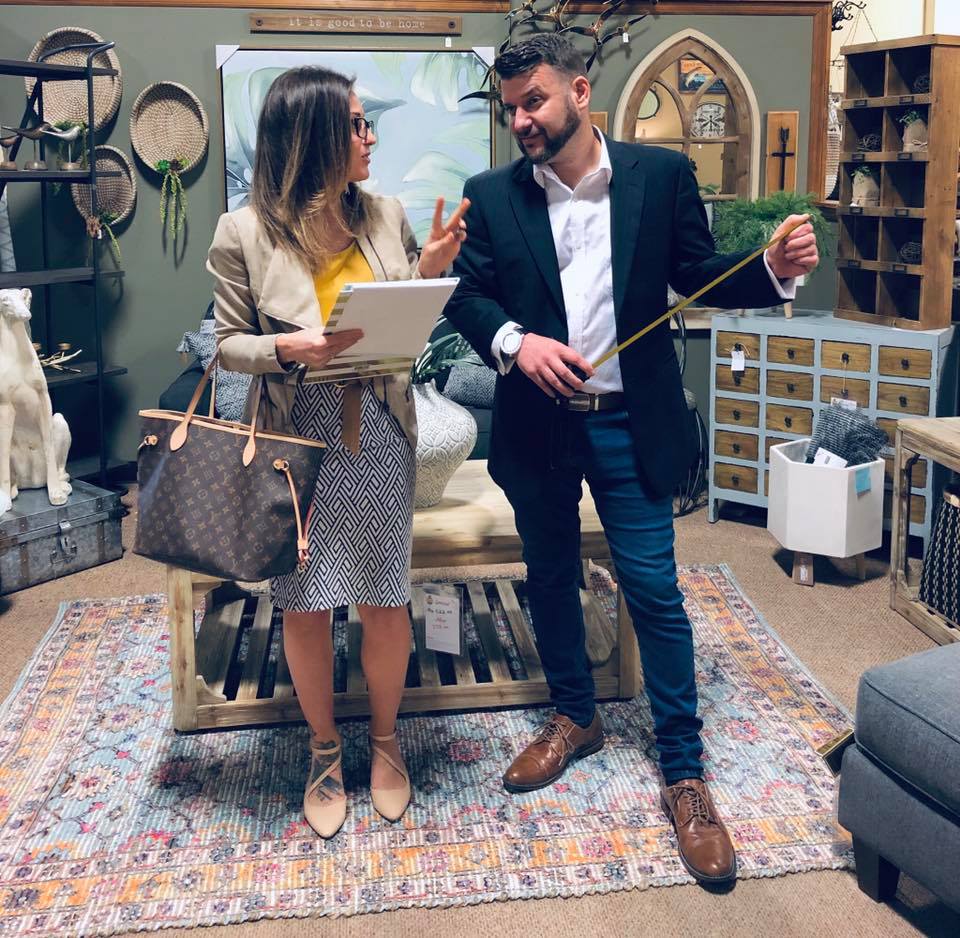
Your home's interior design should be an expression of yourself. Confident, tasteful and unique, it should represent you and your family at their inspired and inspiring best. But with so many styles to choose from, how do you make the calls that will make that vision a reality? Obviously, your home's architectural style and environs play important roles -- you wouldn't put colonial furniture in a glass house -- but you will also want a working familiarity with a variety of popular styles and their associated vocabulary.
Modern and Minimalist
Although technically not interchangeable, Modernism and Minimalism share significant, overlapping traits. Each feature crisp, clean, straight lines, neutral colors and materials like glass and metal. Sleek and straightforward, both styles eschew clutter of any kind. So what's the difference? Nothing worth stressing over. If Modernism means less is more, Minimalism just means even less is even more! And don't think either means cold. Grays and off-whites, particularly in green and brown overtones, can be warm and inviting; floral arrangements and colorful artwork contribute welcoming visual contrast.
Mid-century Modern`
Mid Century Modern, once condescendingly referred to as "Retro," owes its current revival in part to pop culture phenomena like Mad Men. Make no mistake, nostalgia and overt references to the '50's and '60's are in play here, as are foci on form as function and organic inspiration. Like Modernism and Minimalism, MCM emphasizes a clean, airy atmosphere and mostly solid fabrics, but it doesn't shy away from primary colors or smooth, curved contours. At home in urban, suburban and country settings, Mid Century Modern's naturalistic influences transition beautifully from indoors to terraces, patios and lawns.
Industrial
Inspired by late Nineteenth and early Twentieth century factories repurposed as urban apartments, Industrial design struts its infrastructure with exposed brick, wood beams and, often, ductwork. High ceilings contribute loft-like spaciousness, while strategically dangled metal and glass light fixtures combine with abstract art or industrial-themed photographs for practical but dramatic effect. Consistent with its utilitarian roots and modernist aesthetics, Industrial design favors neutral colors and functional, accessory-free furniture such as Arts and Crafts style case pieces and wooden utility carts.
Scandinavian
True to its eponymous title, Scandinavian design celebrates the austere beauty of Denmark, Norway and Sweden. Like Minimalism, it stresses pared-down, all but unaccessorized simplicity and ergonomically functional furniture. Like MCM, sculpted contours drawn from nature create a modern art sensibility, while form-pressed wood, molded plastic, wide-plank flooring, enameled metals and natural fiber or fur rugs provide material texture. Scandinavian design calls for lots of natural light and a color palette that ranges from white to whiter. So, once again, add a pop of color with wall art or flowers.
Traditional and Transitional
Traditional design draws on centuries of European art, from the precision of ancient classicism to the more-is-more opulence of Louis XVI Baroque. Dark finished woods and ornately carved furniture rule, as do intricately-patterned velvet, silk and brocade fabrics. Favored metals are brass or gold-toned; hand-knotted oriental rugs grace the floors. It is virtually impossible to over-accessorize. If, however, the full Downton Abbey feels time-bound or constraining, introduce neutral color palettes and materials like glass and metal for a transitional look that combines modernist verve and traditionalist warmth.
Bohemian
Foot-loose and fancy-free, Bohemian style defies social convention and cookie cutter aesthetics with a wide-ranging, all-inclusive and decidedly artistic take on interior design. A laissez-faire and well-travelled mashup, "Boho" is right at home using disparate elements as complimentary counterpoints: Vintage end table with a mid-century sofa? No problem. Super-glam chandelier over a well-worn rug? Love it. Primitive artifacts beside seashell collections? About time. The possibilities are endless, and only one rule needs to be followed: if it's beloved, it belongs.
Rustic and Western
Although Rustic and Western styles both celebrate the great outdoors, one belongs in the country while the other belongs on the frontier. Both rely on natural elements like stone and wood. Accessories reference life on the land. But where Rustic goes for an unaffected farmhouse utility, Western subdues nature in the service of domestic comfort. Rustic homes feature neutral wall colors, plaid upholstery and braided rugs; Western ranches deploy rich, saturated earth tones, native American rugs and plush upholstery that doesn't spare the leather. Rustic sometimes accommodates updated trends. Western stands alone.
You don't need an art degree to find the right design. You probably know more than you think. And you certainly know what you like. Armed with an overall knowledge of important design styles and the terminology to describe them, you're ready to envision your ideal aesthetic and begin a conversation with the pros at Hayden Furniture Depot. Contact us today and let us assist you in bringing your vision to life.
